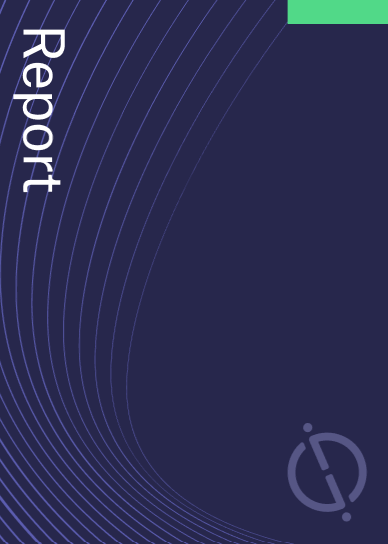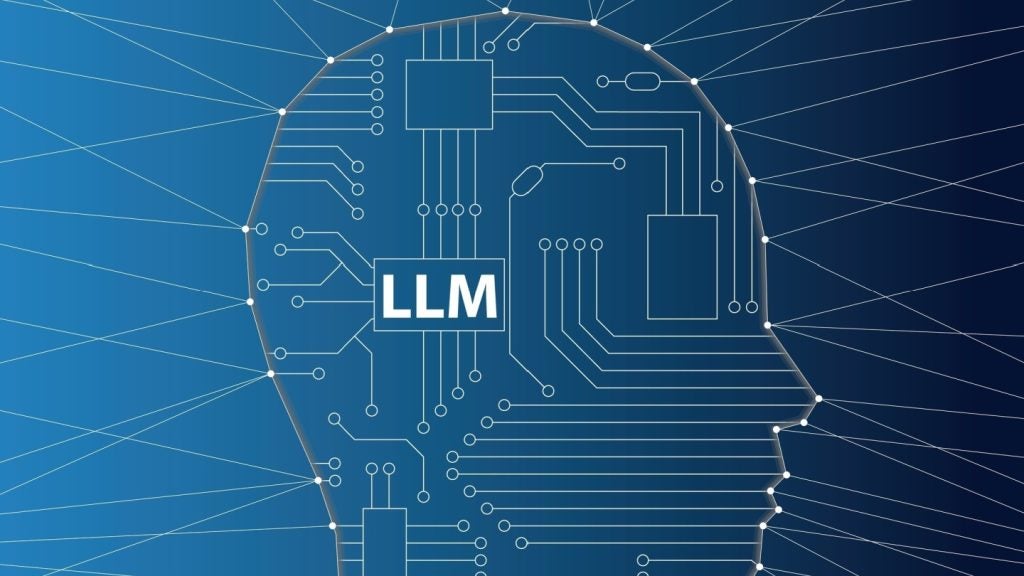The technology industry continues to be a hotbed of innovation. Activity is driven the need for faster deployment, improved scalability, and reduced downtime of software applications, and growing importance of technologies such as cloud computing infrastructure, automated deployment tools, and continuous integration and delivery (CI/CD) pipelines. These technologies enable seamless and automated software updates, reducing the complexity and cost associated with traditional upgrade processes. In the last three years alone, there have been over 3.6 million patents filed and granted in the technology industry, according to GlobalData’s report on Innovation in Cloud: Software upgrade process. Buy the report here.
According to GlobalData’s Technology Foresights, which uses over 2.5 million patents to analyse innovation intensity for the technology industry, there are 300+ innovation areas that will shape the future of the industry.
Software upgrade process is a key innovation area in cloud
The software upgrade process involves enhancing software by incorporating new features, bug fixes, security patches, and other enhancements. Typically, this process entails obtaining the latest software version, installing it on the user’s computer, and adhering to any accompanying instructions to ensure a seamless upgrade experience. By following these steps, users can stay up-to-date with the latest software advancements, benefiting from improved functionality and enhanced security.
GlobalData’s analysis also uncovers the companies at the forefront of each innovation area and assesses the potential reach and impact of their patenting activity across different applications and geographies. According to GlobalData, there are 70+ companies, spanning technology vendors, established technology companies, and up-and-coming start-ups engaged in the development and application of software upgrade process.
Key players in software upgrade process – a disruptive innovation in the technology industry
‘Application diversity’ measures the number of different applications identified for each relevant patent. It broadly splits companies into either ‘niche’ or ‘diversified’ innovators.
‘Geographic reach’ refers to the number of different countries each relevant patent is registered in. It reflects the breadth of geographic application intended, ranging from ‘global’ to ‘local’.
Patent volumes related to software upgrade process
Source: GlobalData Patent Analytics
Aurora Labs is one of the leading patents filers in software upgrade process. The company’s patents are aimed at disclosed embodiments related to identifying electronic control unit (ECU) anomalies in a vehicle. Operations may include monitoring the real-time and historical data relating to the processing activity as well as the expected processing activity of the ECU. The real-time processing activity data is compared with the historical data to identify at least one anomaly in the real-time processing activity of the ECU and a control action is implemented for the ECU when the at least one anomaly is identified.
Other prominent patent filers in the space include International Business Machines (IBM) and Dell Technologies.
By geographic reach, Yanmar leads the pack, followed by THOMSON LICENSING and Synchronoss Technologies. In terms of application diversity, WS Audiology holds the top position, followed by Ford Motor and Juniper Networks.
Cloud innovation in the software upgrade process has revolutionised the way software updates are managed and deployed. Cloud-based software upgrades can provide a more efficient and streamlined approach compared to traditional manual methods.
To further understand how cloud is disrupting the technology industry, access GlobalData’s latest thematic research report on Cloud Computing – Thematic Intelligence.
Data Insights
From

The gold standard of business intelligence.
Blending expert knowledge with cutting-edge technology, GlobalData’s unrivalled proprietary data will enable you to decode what’s happening in your market. You can make better informed decisions and gain a future-proof advantage over your competitors.







